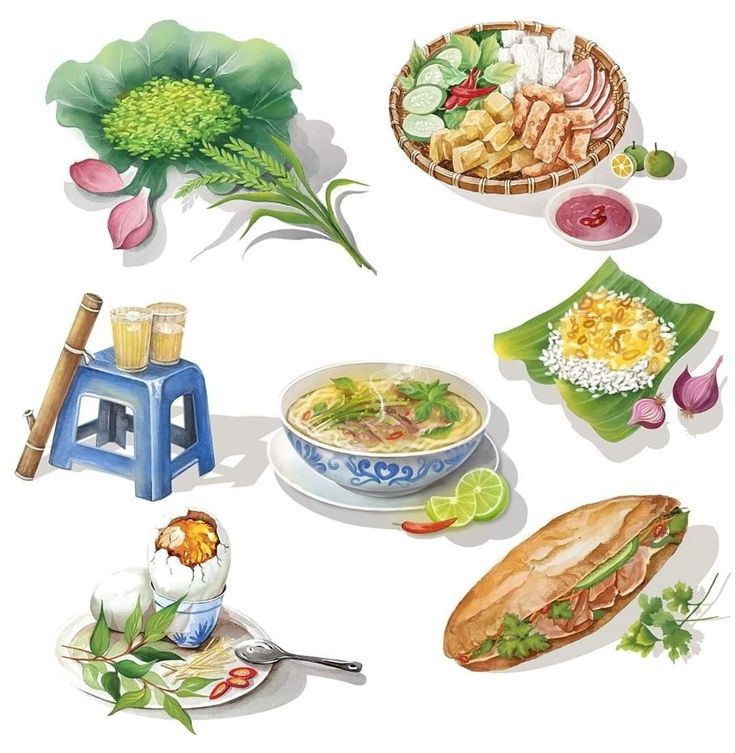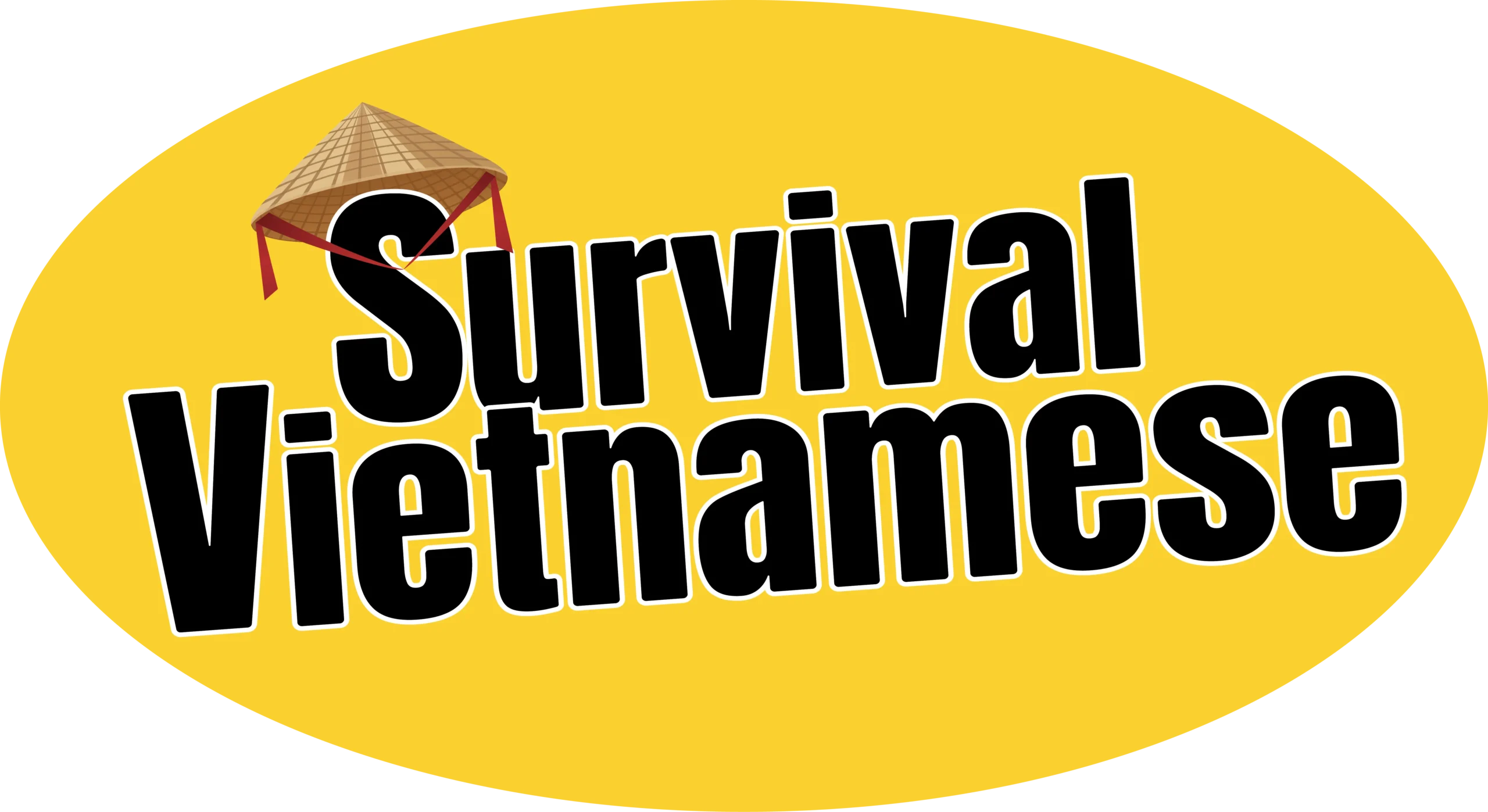Your cart is currently empty!
Why Vietnamese Food Names Don’t Translate Well
COPY LINK
If you’ve ever tried to explain bún bò Huế or bánh cuốn to a non-Vietnamese friend, you’ve probably hit a wall. “Wait, so it’s… spicy beef soup? But not phở? And bánh cuốn is like… steamed rice rolls? With pork and mushrooms? Wrapped in… a blanket?”
Yeah. Vietnamese food doesn’t always come with easy English labels. And that’s perfectly okay. In fact, the confusion reveals something wonderful about the language and the culture behind it.

Vietnamese Dishes Are More Than Just Ingredients
In English or French, food names often describe either what it is (beef stew, grilled chicken) or how it’s cooked (roasted potatoes, steamed fish).
But Vietnamese food names? They’re more like compact cultural stories. Here’s why they resist translation:
- They’re layered. A name like bún bò Huế tells you the noodle type (bún), the protein (bò = beef), and the regional origin (Huế). But it leaves out the lemongrass broth, pig’s feet, shrimp paste, herbs, and fiery chili oil.
- They don’t always mention ingredients. Bánh bèo doesn’t tell you anything about the savory rice cakes topped with dried shrimp and scallion oil. Chè ba màu doesn’t list mung beans, pandan jelly, red beans, coconut milk, or crushed ice. You just have to know.
- The word bánh alone covers dozens of wildly different things: cakes, pancakes, dumplings, pastries, crepes, and even sandwiches. Bánh xèo (crispy turmeric crepe) and bánh mì (baguette sandwich) share a root word, but couldn’t be more different.
Why Translation Gets Tricky
Let’s try translating a few dish names literally:
- Bánh cuốn → “Rolled cake” (uh… it’s not sweet)
- Chả giò → “Roll sausage” (what?)
- Canh chua → “Sour soup” (close, but it’s so much more)
- Bún thịt nướng → “Grilled meat noodles” (missing: herbs, fish sauce, pickled veggies, and rice paper wrapping technique)
Literal translations lose the soul of the dish. And free translations often feel too generic to capture what makes it special.
Why We Don’t Translate “Tacos” or “Sushi” Either
Ever notice how we don’t say “raw fish on vinegared rice” or “folded cornmeal filled with meat”? We just say sushi and tacos. That’s because some foods carry cultural weight. They deserve to be called by their real names.
Vietnamese food is the same. Calling it bún riêu, gỏi cuốn, or cà phê sữa đá isn’t being fancy, it’s being accurate. Once you learn the names, you’re not just talking about food. You’re speaking Vietnamese culture.
What to Do as a Learner
So what should you do when you can’t translate a food name?
- Say the name in Vietnamese. Then describe it if needed. “It’s called bánh khọt. They’re like mini savory pancakes made with coconut milk, turmeric, and shrimp. Super crispy.”
- Embrace the poetry. Vietnamese food names are beautifully efficient once you understand the building blocks: bánh, bún, canh, cháo, chè, nướng, xào, and more.
- Let your taste buds do the talking. Some things are better eaten than explained.
Final Thought
Vietnamese food names don’t always translate well, but that’s actually part of their charm. They invite you in, asking you to taste, learn, and feel your way through the culture.
So next time someone asks, “What’s bánh xèo?”, don’t sweat it. Just smile, hand them a crispy bite, and say, “Here. Try this. Then I’ll explain.”

Check out our blogs about Vietnamese cultures, or follow us on Instagram @survival.vietnamese for daily tips, fun facts, and cultural gems.

Join our live classes with expert teachers or learn anytime with our self‑paced courses, perfect for beginners, heritage learners, or anyone who wants to speak Vietnamese naturally.

